Gene Clark – No Other [4AD]
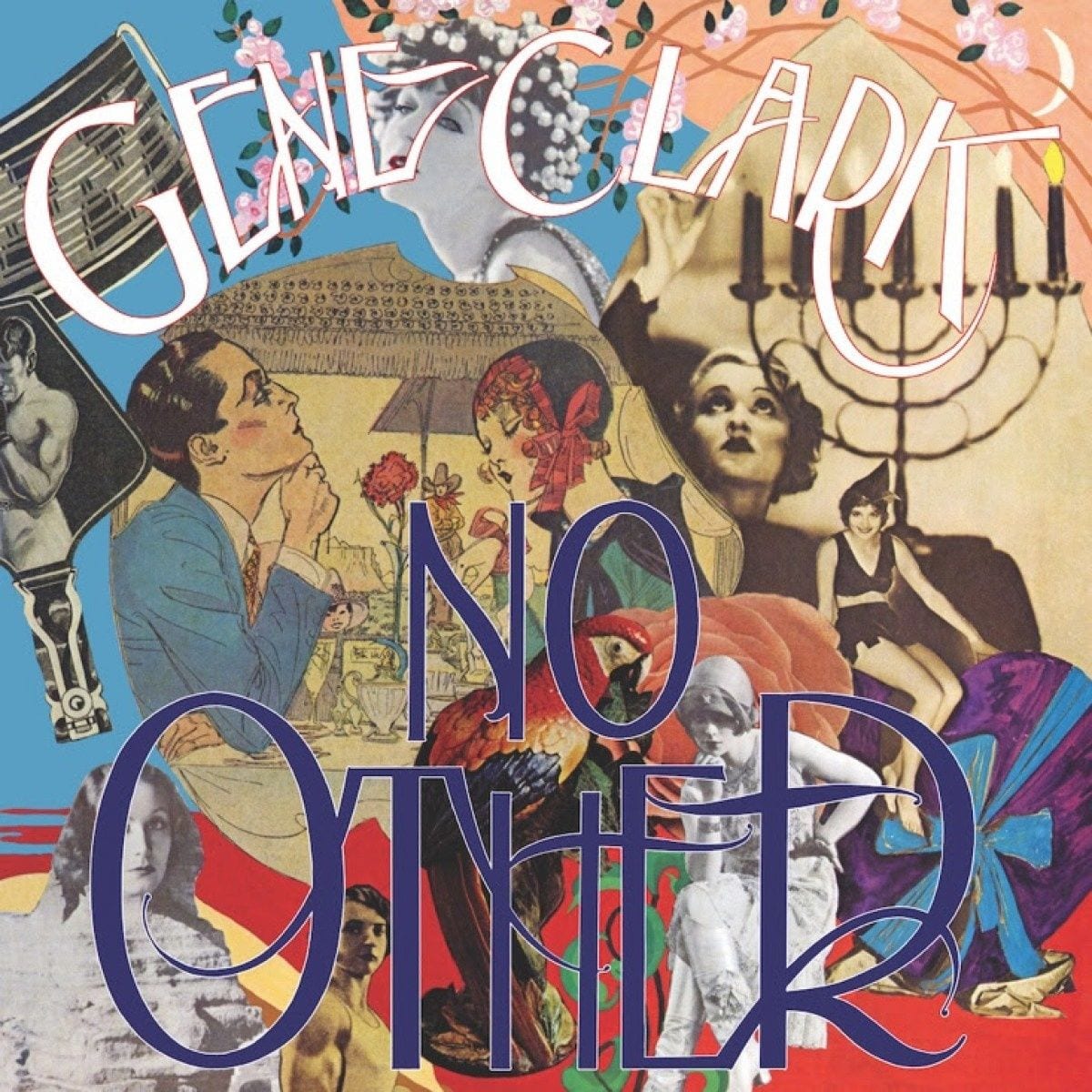
Gene Clark’s No Other has earned its place in the “Great Lost Albums” section of any learned rock textbook. It snuggles up cozily next to Big Star’s Third/Sister Lovers, Dennis Wilson’s Pacific Ocean Blue, and Skip Spence’s Oar and shares those albums’ doomed trajectories. Every so often, it gets dusted down, discussed intently, and then returned quietly to its highly revered but commercially unsuccessful place in the pantheon of popular music. This year, 4AD have given it the most comprehensive makeover it’s ever had. Will it turn critical plaudits into a platinum album? Probably not. But that’s probably not the point.
The 2019, expanded version of No Other includes a new remastering of the 1974 album with a couple of “parallel universe” versions, where the listener can eavesdrop into early takes and previously unreleased versions of the material, shorn of all studio adornments. It’s these stripped-down performances that hint at what this album could have been, without the expansive and expensive production. One of the reasons why No Other didn’t set the charts alight could have been its eclecticism. Were casual listeners put off by the gospel choirs, cellos, and all the other curlicues that shifted the focus from Nashville into outer space? Would the album have succeeded if Clark and producer Tom Kaye had stuck closer to the program? That’s a dinner table discussion for a different time. – Ian Rushbury
James
Taylor – The Warner Bros. Albums 1970-1976 [Rhino/Warners]

After an overlooked debut on Apple Records, James Taylor recorded an unbroken string of blockbuster albums for Warner Brothers. They’ve been widely available in various formats ever since, but this box, a project overseen by Taylor’s British manager/producer, Peter Asher, is the best treatment they’ve had in years. Sweet Baby James and Mud Slide Slim and the Blue Horizon are perhaps the most famous, but there’s an enjoyable, slick soulfulness in later works, Gorilla and In the Pocket, and, in between, an interesting transitional period covered by One Man Dog and Walking Man.
This is not a box that comes with a biographical liner essay or in-depth appraisals of the music. Nor does it have bonus content. Its purpose is simply to present the albums with good sound and design, and in those endeavors, it easily succeeds. The vinyl edition is true AAA analog. That’s is an important selling point in the era of digital vinyl where, at best, we get high-resolution files pressed to vinyl and, at worst, CD files or (shudder) MP3s. The warmth is not a figment of your imagination; this is the finest that James Taylor’s Warner Bros music has sounded for some time. –
Charles Donovan
Lee Moses – How Much Longer Must I Wait? Singles and Rarities: 1965-1972 [Light in the Attic]
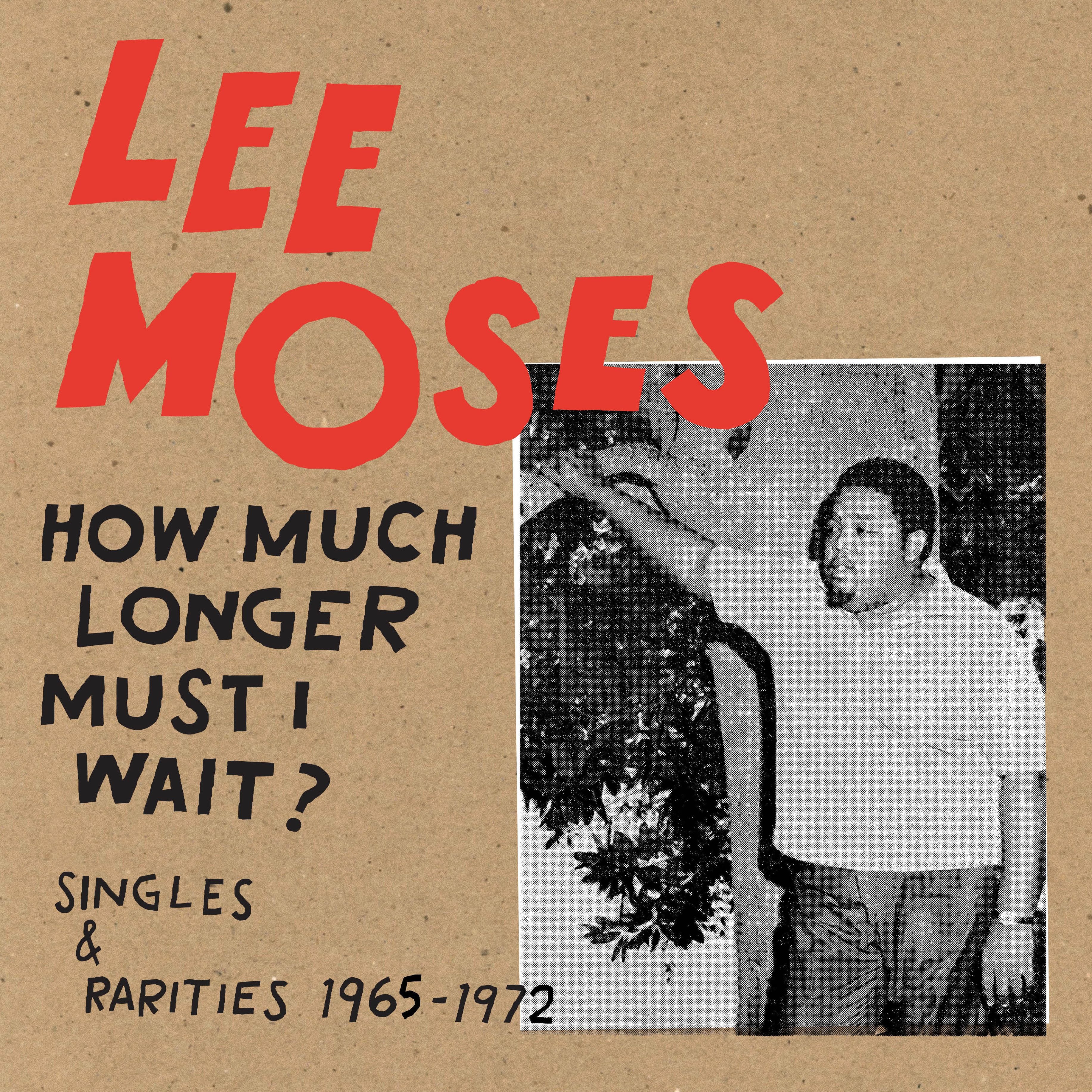
“Try Googling ‘Lee Moses’, and you’ll find that there’s not a lot there.” So says Sarah Sweeney in the liner notes to the reissue of Moses’ only full length,
Time and Place. It’s true, and it’s a wonder, as Moses’ legend stands tall and his music runs deep. Making a living as a musician is a difficult hill to climb, and many fail. Moses was one of them, but that single album has become something of a deep soul staple, with its place in influence once again receiving the stamp of approval with its re-release on the exceptionally stellar label Light in the Attic in 2016.
The release did not shed much light on his plight and what brought him to quit the music industry, and three years later, Light in the Attic is once again handing us a few more crumbs.
How Much Longer Must I Wait?: Singles and Rarities 1965-1972 is exactly as its title claims, and its quality makes it even harder to understand how such a powerful talent could have slipped from sight undetected. – Christopher Laird
Robert Ashley – Private Parts [Lovely Music]

Sometimes a reissue is notable because of the extra material it includes, sometimes because it unearths something previously unknown. And sometimes, as with the new vinyl issue of Robert Ashley’s weird, low-key classic
Private Parts LP, it’s worth celebrating just because any chance to talk about this particular piece of music should be taken. The two lengthy, immersive tracks on Private Parts have a wider context that’s worth investigating, but their near-hypnotic effect can be enjoyed without any prior knowledge of what Ashley is up to here. You can watch Ashley performing a different version of one of these tracks and start to get a handle on his own deeply odd effect throughout this project. But you do need the LP version to hear how the combination of synth washes, piano, and tablas mesh with his voice to make something that feels very much at times like something otherworldly happening in your backyard. These days just putting on an LP can feel like a meditative practice; this one, in particular, might open your third eye. – Ian Mathers
Coil – The Gay Man’s Guide to Safer Sex + 2 [Musique Pour La Danse]
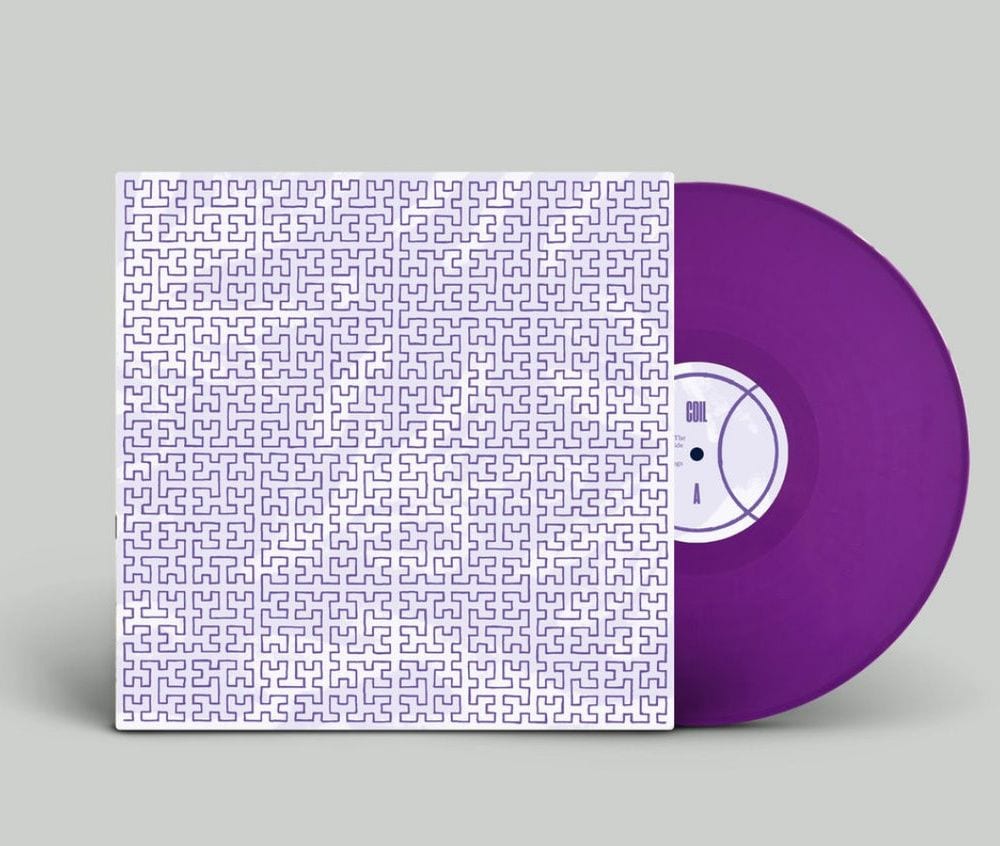
Originally composed as a soundtrack to the influential 1992 instructional, X-rated film of the same name and now available as a standalone release for the first time,
The Gay Man’s Guide to Safer Sex exhibits Coil slipping the naughty acid and trance of 1991’s Love’s Secret Domain into a slinky, seductive, and most erotic robe. Each note of the record captures the love Peter Christopherson and John Balance shared for each other and the personal satisfaction they got from soundtracking such a well-intentioned and important film. The film is in line with their backing of HIV/AIDS awareness and celebration of gay sexuality.
So instead of their usual darkness, we hear optimism. In place of hard-hitting industrial overtones, the music overflows with soothing Balearic atmosphere punctuated by faint echoes of techno. Even when listening to the music outside of its original context, the songs remain imbued with the playfulness and positivity of the video itself as coquettish synth arpeggios and smooth rhythms brim with relaxed and relaxing innuendo. It’s an album that ranks among the best of the group’s impressive discography. –
Antonio Poscic
John Coltrane – Coltrane ’58: The Prestige Recordings [Craft Recordings]
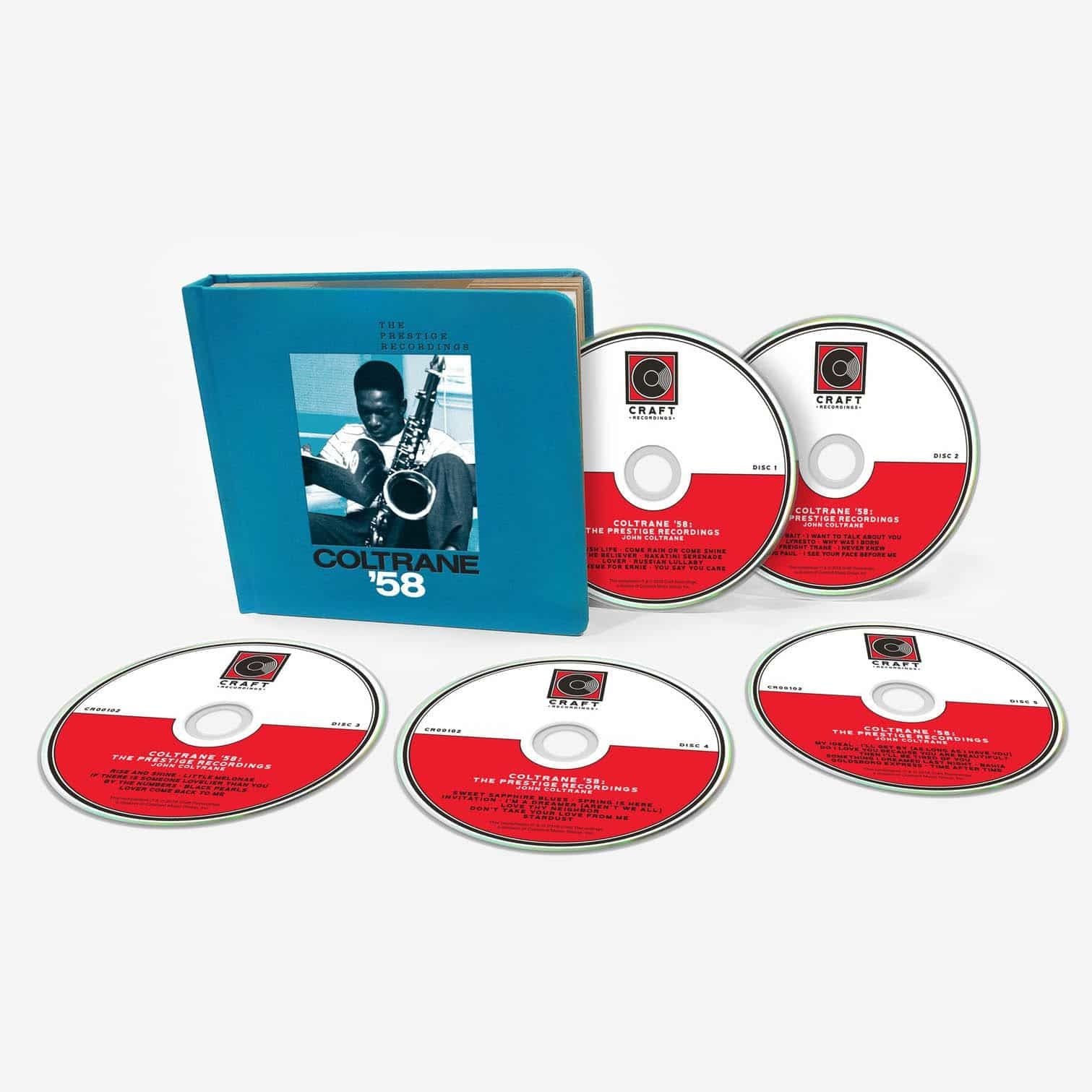
Legendary jazz saxophonist John Coltrane passed away more 50 years ago, and since then, countless posthumous releases have seen the light of day. This speaks volumes about the appeal and influence of Coltrane, and how much his fans can’t seem to get enough of his music, regardless of the fickle nature of musical trends. Coltrane ’58: The Prestige Recordings gathers up all of the 1958 sessions Coltrane recorded at Rudy Van Gelder’s legendary home studio in Hackensack, New Jersey. While everything here has been released on some albums both during and after Coltrane’s 1967 passing, this is the first time they have all been assembled in one deluxe set.
While Coltrane had already established a stellar reputation as a sideman for artists like Miles Davis and Thelonious Monk, by 1958 he began to flex his muscles as a bandleader, unleashing the “sheets of sound” (to quote journalist Ira Gilter) that would become the signature style of his frenetic bebop sound. The Prestige recordings include a generous helping of standards in addition to the occasional Coltrane original composition. Ballads and breakneck-paced hard bop coexist nicely within the 37 tracks. Coltrane ’58 is an exciting, breathless journey through one of the most important, fruitful eras of one of the 20th century’s most influential musicians. –
Chris Ingalls
Pamela Polland – Pamela Polland/Have You Heard the One About the Gas Station Attendant? [ BGO
Records]

In 1973, Clive Davis was prepping one of his charges for the big time. Pamela Polland, a glamorous singer/songwriter/pianist with a soul-melting, expressive voice, was already notable, having written for Linda Ronstadt and the Byrds. Her first solo album (Pamela Polland, 1971) had sold steadily, but not enough to make the charts. Off she went to London, working with Elton John’s producer, Gus Dudgeon, and David Bowie’s engineer, Ken Scott, at Trident Studios in Soho. The album, Gas Station, for short, was given a gatefold design and a catalogue number and readied for the presses. Then, disaster.
Clive Davis was fired from Columbia. Projects associated with him were postponed or canceled. Polland’s album never came out. Music that could, indeed should, have transformed her from cult favorite to rising star stayed in the vaults over 40 years. Finally, it emerged via reissue powerhouse, BGO, in spring 2019, paired with the 1971 debut. “The Ship”, “Willsdon Manor”, and “Thank You, Operator” are conclusive proof that Polland should have been on equal footing with peers like Carole King, Laura Nyro, and Carly Simon. A grave injustice has, at last, been partially righted. – Charles Donovan
Laurie Spiegel – Unseen Worlds [Unseen Worlds]
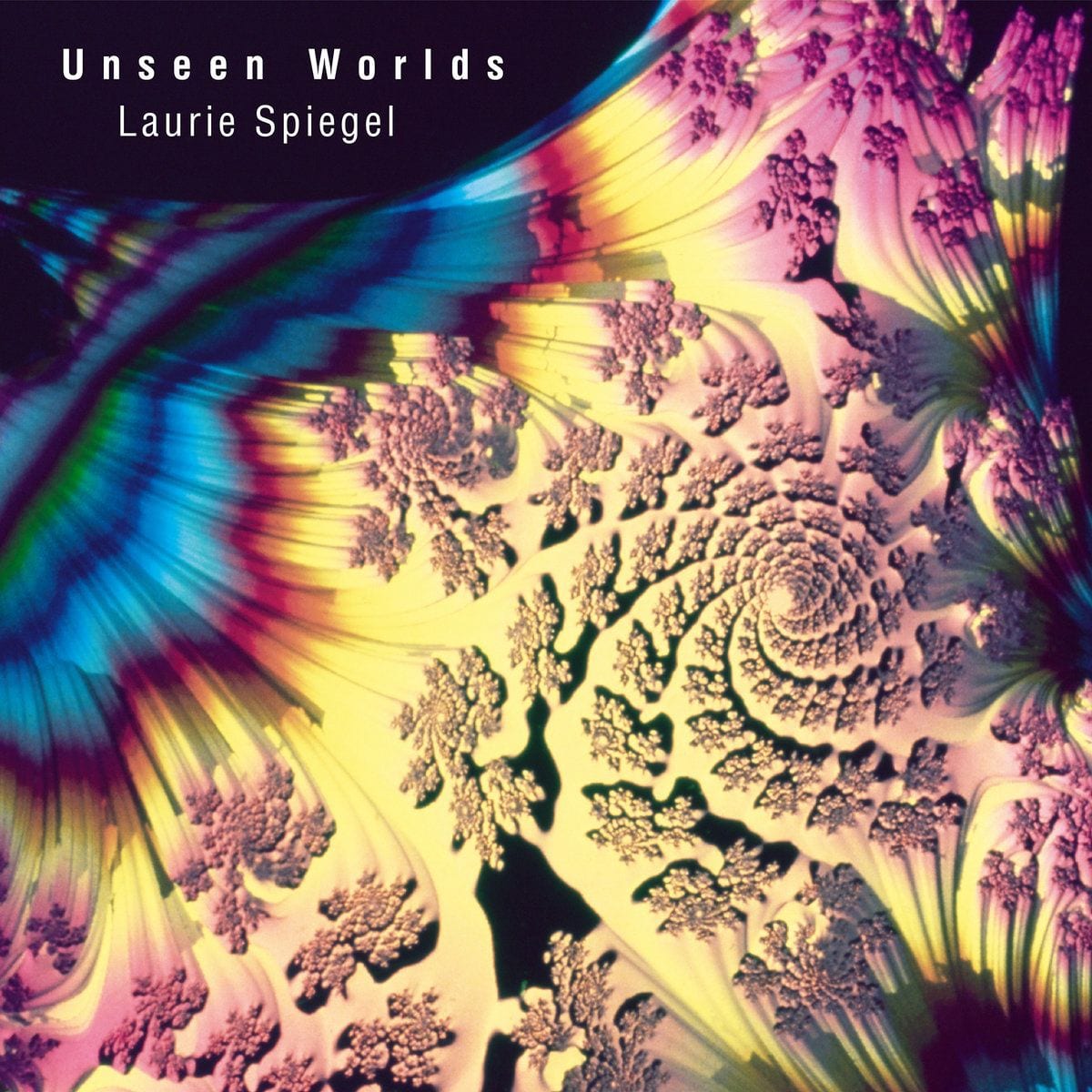
The weight of Laurie Spiegel’s pioneering work in terms of technical achievement is hard to decouple from the music itself. Being one of the first artists that used computers and code to create and arrange autotelic sounds, her creative attempts are usually dissected as curiosities and observed through the prism of innovative techniques and concepts, while neglecting their aesthetic merits. The Voyager 1 probe will thus carry her “Kepler’s Harmony of the Worlds” piece deeper and deeper into space not because of its captivating crescendo of dissonance but because Carl Sagan saw “mathematical beauty” in it.
While both 1980’s The Expanding Universe and 1991’s Unseen Worlds were made using innovative tech—with the GROOVE System at Bell Laboratories and Spiegel’s own Music Mouse software, respectively—reducing them to mere experiments denies them the full appreciation of exquisite artistry. Because their sound feels neoteric even if its splinters are unmistakably embedded in all forms of contemporary electronic music. Unseen Worlds is, in this sense, especially captivating, an ever-swelling texture of textures that engulfs everything with its larger-than-universe, brooding atmosphere. And as the final tones of “Passage” fade out, I wonder if we’ll ever reach the future that Spiegel envisioned, explored, and so vividly projected through oscillations and feedback. – Antonio Poscic
The Chic
Organization – 1977-1979 [Rhino/Warners]
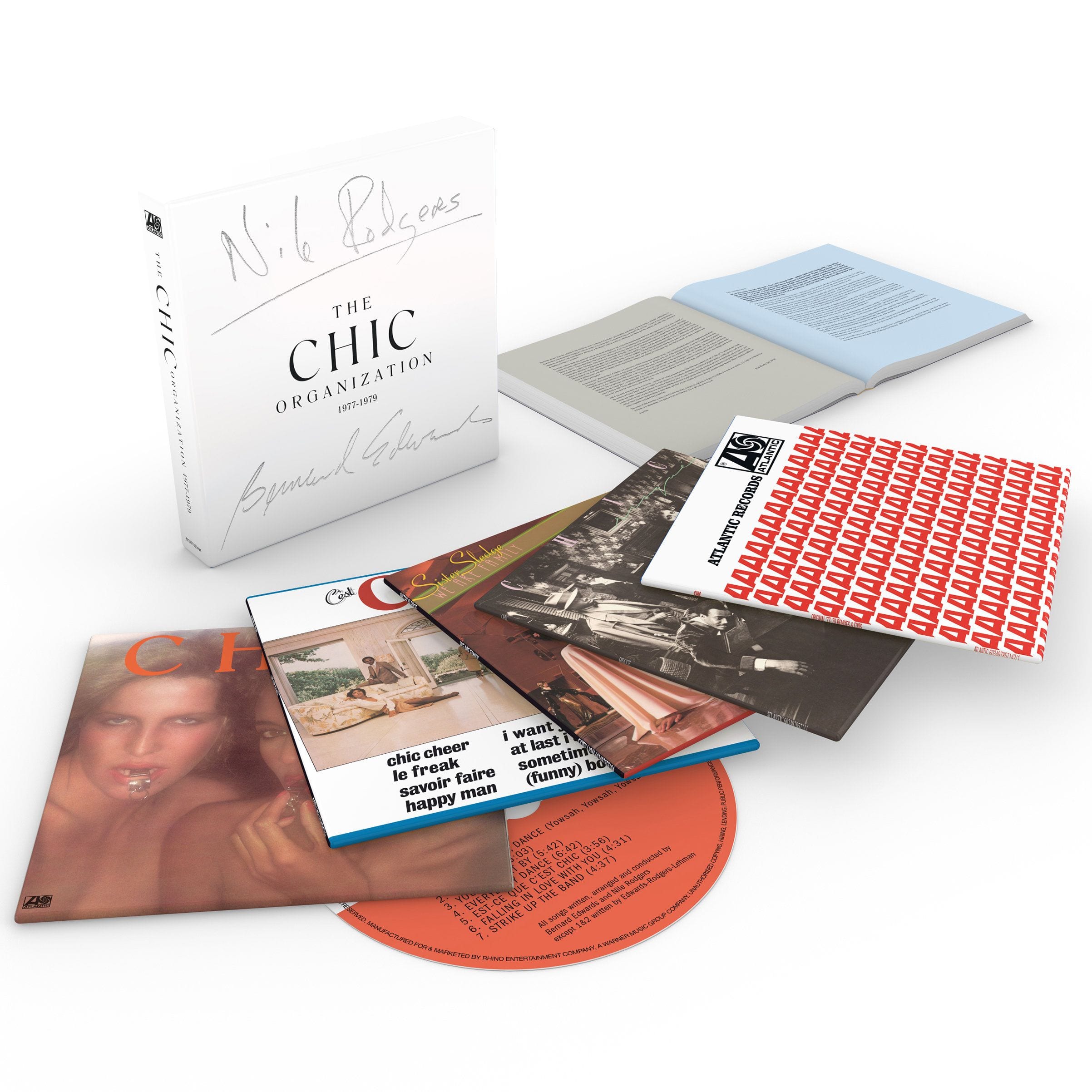
Although they continued to make Chic albums and take on production jobs for several years afterward, Nile Rodgers and Bernard Edwards (aka The Chic Organization) were, arguably, at the apogee of their talents during the first three years they recorded for Atlantic. The songs on Chic, C’est Chic, and Risqué have become their most durable. In 2019, dancefloors can still go from deserted to heaving within just one bar of the intros to “Dance Dance Dance (Yowsah Yowsah Yowsah)”, “Le Freak”, or “Good Times”.
Since Rodgers is now Chief Creative Advisor at Abbey Road Studios, it makes sense that Chic’s ascendant era be upgraded with half-speed mastered Abbey Road vinyl (the set is also available on CD). The collection’s concept is broadened by the inclusion of Sister Sledge’s glorious We Are Family, a slab of remixes and single edits, and a faithful recreation of the group’s first 12-inch single for Buddah Records. The box arrived at the tail end of 2018, too late for last year’s listings. In 2019, these remastered albums became available individually. The only minus is the inexplicable absence of one key Chic production of the 1977-1979 era, the modestly successful solo album by Chic vocalist, Norma Jean Wright. – Charles Donovan
Ernest Hood – Neighborhoods [Freedom to Spend]
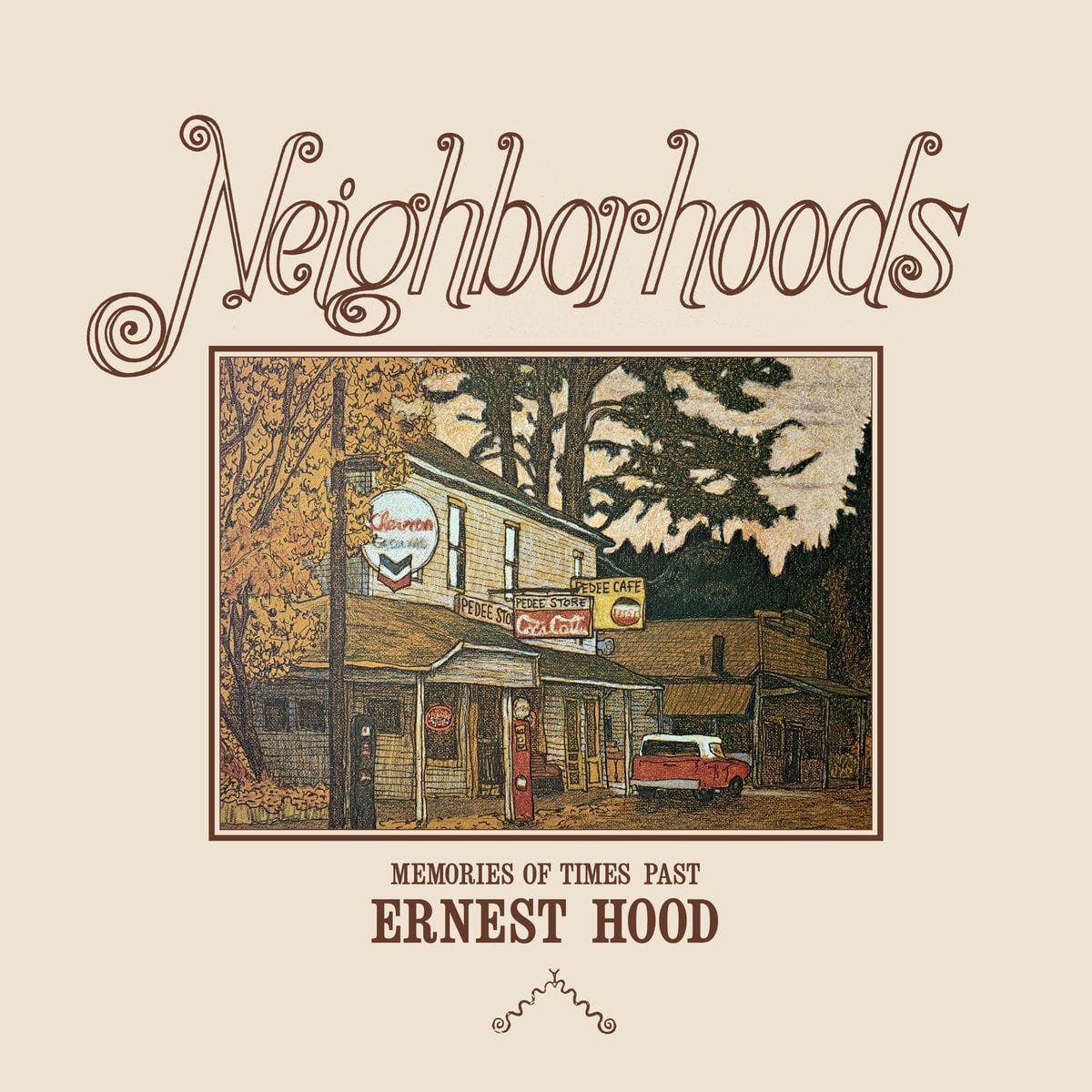
It’s enough of a miracle that Ernest Hood’s Neighborhoods, one of the best early synth albums and one of the hardest to find, is finally seeing its first wide release after an initial pressing of a thousand. But engineer Russ Gorsline had a hell of a job. The 1975 album was recorded at home on basic equipment, incorporated field recordings from decades prior, and was further compromised by Hood’s insistence on fitting an hour of music onto two sides of vinyl. Salvaging something like these seems like a herculean task. But this Freedom to Spend reissue is so crisp, its plaintive zithers and synths undulating across the stereo field, it feels like a totally new album than the sad YouTube rip that was for years the easiest way to listen to Neighborhoods. This is one of the most impressive remasters ever, and though Hood’s album is probably too niche and obscure for this reissue to net the kind of industry awards it deserves, let’s hope that changes soon enough. – Daniel Bromfield
Kankyō Ongaku: Japanese Ambient, Environmental & New Age Music 1980–1990 [Light in the Attic]

If I received a text from an unknown number that read: “quick send me the one release from 2019 that can save my mind! nothing else has worked!! no time for questions!!”, I would send them the double-album version of Kankyō Ongaku: Japanese Ambient, Environmental & New Age Music 1980–1990. I would subsequently block that number before I received the inevitable response: “wait, this isn’t from 2019, fuuuuuu!!!”. And it’s true. But I can’t save this person—I have to save myself first.
The beauty of Kankyō Ongaku, besides its ineffable beauty, is its utility. A two-hour therapy session with all the tools you need to settle in, bliss out, gaze around, feel, un-feel, and sense with delicate precision. Listen again to identify your favorites—it’s not meant to flow as an album anyway. For me, doses of “Nemureru Yoru (Karaoke Version)”, “Apple Star”, and above all, “Blink” produce transcendent effects. I promise to you, my unknown friend, if your mind needs saving—a given, this day and age—Kankyō Ongaku is your best shot. – A Noah Harrison
Sachiko Kanenobu – Misora [Light in the Attic]

Although 1972’s Misora is the only release to Sachiko Kanenobu’s name, the album moved mountains for the Japanese singer-songwriter and persists as a founding staple in contemporary folk-pop. Re-released this year via Light in the Attic’s Japan Archival series, new listeners can finally hear the influential release. The self-assured poetry and musicality of Misora made it an instant hit in Kanenobu’s home country upon release, popularizing female singer-songwriters in Japan when Tapestry and For the Roses were already setting the western world alight.
Gauging the cause for the popularity it has garnered overseas comes easily when assessing Kanenobu’s knack for successfully exploring a variety of musical avenues throughout the LP. From the light psychedelia of its titular, atmospheric opening number to the slinking, electric blues of “Aoi Sakana”, Misora is an accessible, infectious album from start to finish regardless of language. Misora has earned his status as a folk classic. – Jonathan Frahm
Prince – Originals [Warner
Bros.]

As great as Prince’s own recorded work was, he was an absolute genius when it came to writing songs for other artists, and this collection of demo tracks recorded between 1981 and 1991 is one compilation many people have been craving for years. No matter what the musical style was, the man knew what made a great song, as this collection attests. Many legendary songs make requisite appearances here (“Manic Monday”, “Jungle Love”, “The Glamorous Life”, the immortal “Nothing Compares 2 U”) and even in demo form sound fully-formed as the amorphous Prince shifts from funk to psychedelic rock to pop with ease that remains astonishing to this day.
Originals isn’t without pleasant surprises, too: he channels George Clinton on the glorious “Holly Rock”, “You’re My Love” tops Kenny Rogers’ 1982 rendition, while “Make-Up”, originally written for Vanity, is a brilliant piece of electronic experimentation. A collection of demos would rarely be just as important as a musician’s greatest albums, but this is such a case. Originals deserves a place alongside Purple Rain, Sign O the Times, and 1999. – Adrien Begrand
Bob Dylan – Rolling Thunder Revue: 1975 Live Recordings [Columbia/Legacy]
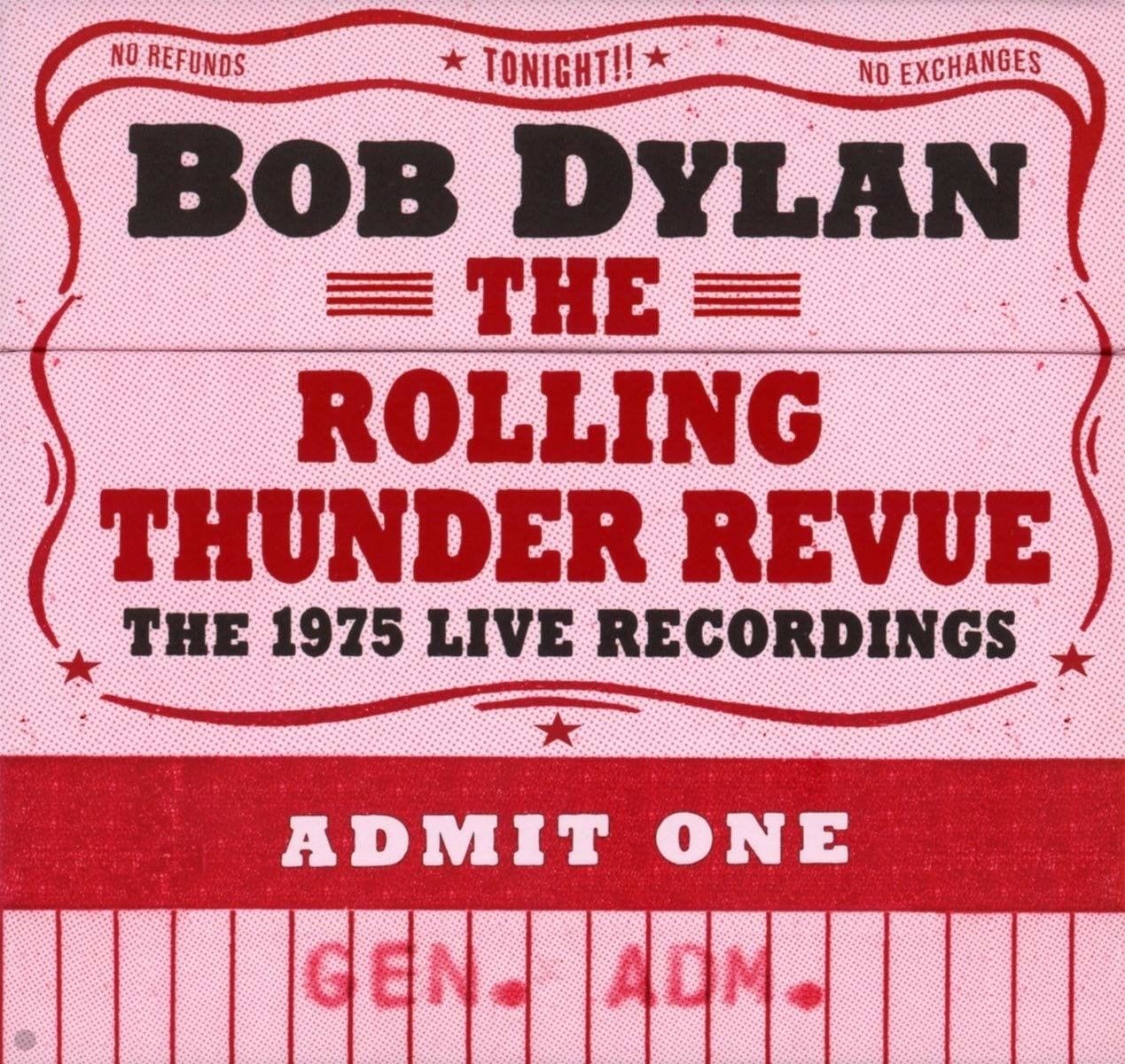
Seventeen years after Volume 5 of the Bootleg Series compiled selected live performances from Bob Dylan’s legendary 1975 tour of New England and Eastern Canada, fans now have even more thorough documentation of the period, at least as far as official recordings go. Released in conjunction with Martin Scorsese’s riotous and enormously fun film Rolling Thunder Revue: A Bob Dylan Story, this wonderful 14-disc set features five complete concerts by Dylan and his astounding band (which included Joan Baez, Roger McGuinn, Mick Ronson, Scarlett Rivera, Bob Neuwirth, Rob Stoner, T-Bone Burnett, and many more) as well as a bevy of rehearsal recordings and other rarities. Taking place between the release of the landmark Blood on the Tracks and the adventurous Desire, this tour yielded some of the fiercest, energetic, and flat-out fun recordings of Dylan’s career. Bob and the gigantic ensemble – expertly corralled by bassist and musical director Rob Stoner – completely rework Dylan’s 1960s classics as well as showcase such scorching new material as “Isis” and “Hurricane”. There are so many different periods of Dylan’s career to explore, but the Rolling Thunder Revue was one of the very best, and this collection captures it all in its ramshackle glory. – Adrien Begrand
The Beatles – Abbey Road (Super Deluxe Edition) [Capitol]
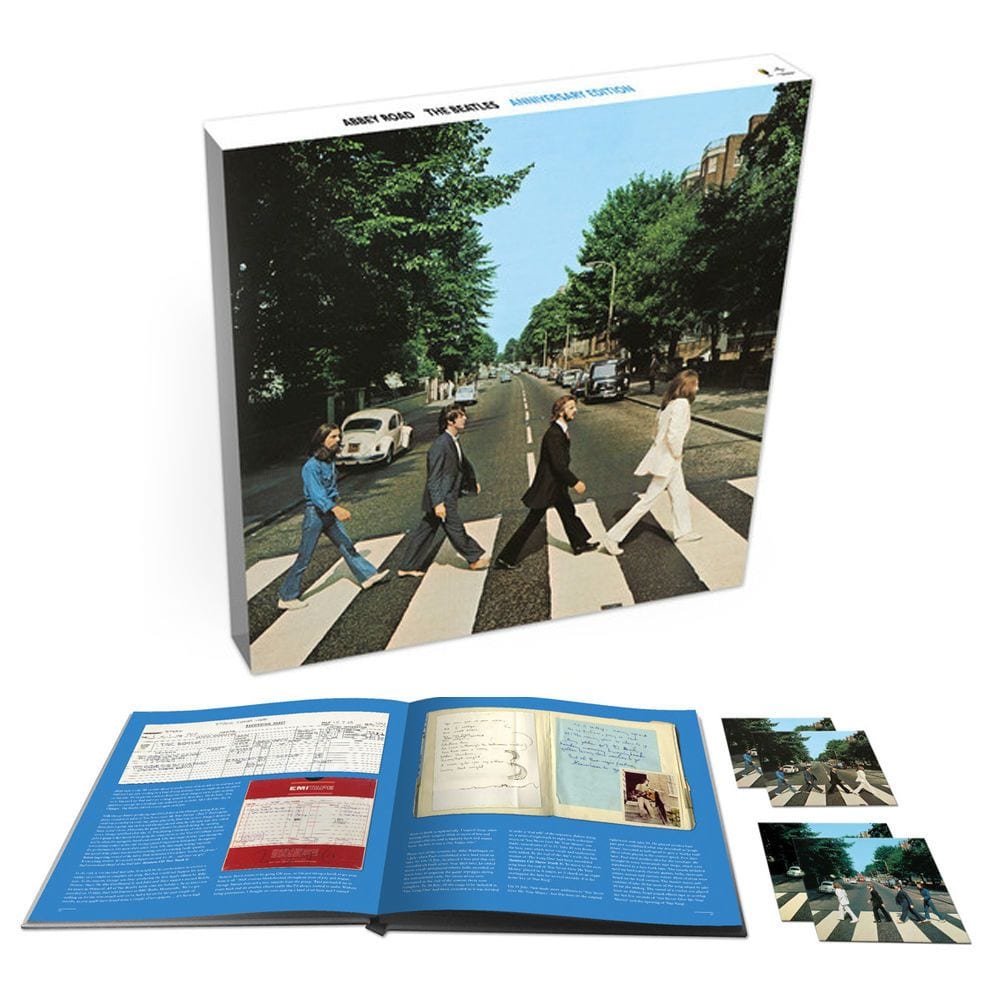
Let’s get one thing out of the way: This year’s reissue of the Beatles’ Abbey Road isn’t the “essential” must-purchase item that the remastered Sgt. Peppers Lonely Hearts Club Band was. The remastered version will not be a revelation that will force you to listen to a beloved album with new ears. Giles Martin’s stereo remastering of Abbey Road is as lovingly and meticulous as his work on Sgt. Peppers. But the real reason to buy Abbey Road (again) is for the unearthed outtakes. By the time the Beatles were recording Abbey Road, the band members had well-established their fates. This wasn’t the album that “broke up the band”. The group had pretty much broken up by the time the studio sessions were going. And like a civilized divorce, the members went in intending to emerge with their heads held high, knowing they had created another masterpiece. The outtakes revealing the process of the still-awe-inducing Side 2 melody is something to behold. It’s also proof that a reissue doesn’t necessarily have to be revolutionary to merit a repurchase. – Sean McCarthy
The Replacements – Dead Man’s Pop [Rhino/Warner Bros.]
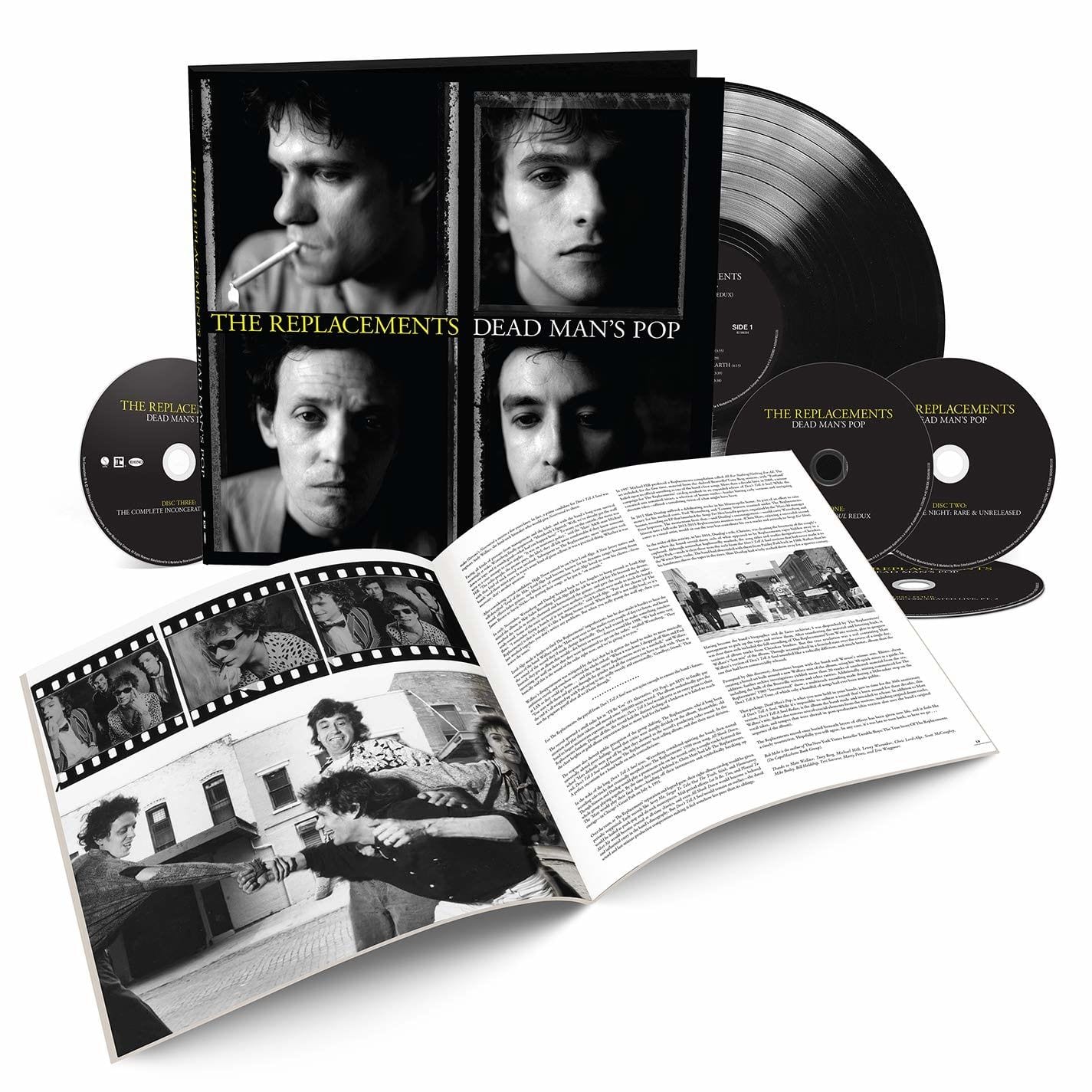
The Replacements don’t need a resurrection. Their place in the trophy case of American rock history can never be forfeited and, if anything, the Mats have grown in stature the longer they’ve been out of the spotlight. But Dead Man’s Pop, a box set reissue of the 1989 album Don’t Tell a Soul, pushes them out of the wings and, reluctantly, back onstage.
Over four discs and one LP, there’s a new re-mix of “Don’t Tell a Soul Redux” that takes some of the glossy radio shine off the original recordings, a collection of rare and unreleased tracks, and a 29-song live set recorded at the University of Wisconsin-Milwaukee. Remixed by Matt Wallace, the album’s original producer, “Redux” make a strong case for the record’s longevity as Westerberg’s pop-songwriting skills shine bright. The rockers (“Talent Show” “I’ll Be You”) take on new life and lost Westerberg songwriting treasures like “Rock ‘n’ Roll Ghost” and “Darlin’ One” sound soulful and true.
The rarities disc includes their brawling Tom Waits jam-session of lore but, in true Mats fashion, the real show is on the live discs. If you never saw the Mats live, these discs are the next best thing. An intense and blistering rock show with oddball covers such as “Cruella De Ville”, the two discs, The Complete Inconcerated, Parts 1 and 2, fire on all cylinders. The Mats would almost be done after Don’t Tell a Soul, but Dead Man’s Pop is a long overdue revisit of their final full-band swan song. The Mats are dead; long live the Mats. – Scott Elingburg
Orchestral Manoeuvres in the Dark: Souvenir [40th Anniversary Box Set] [Virgin EMI]
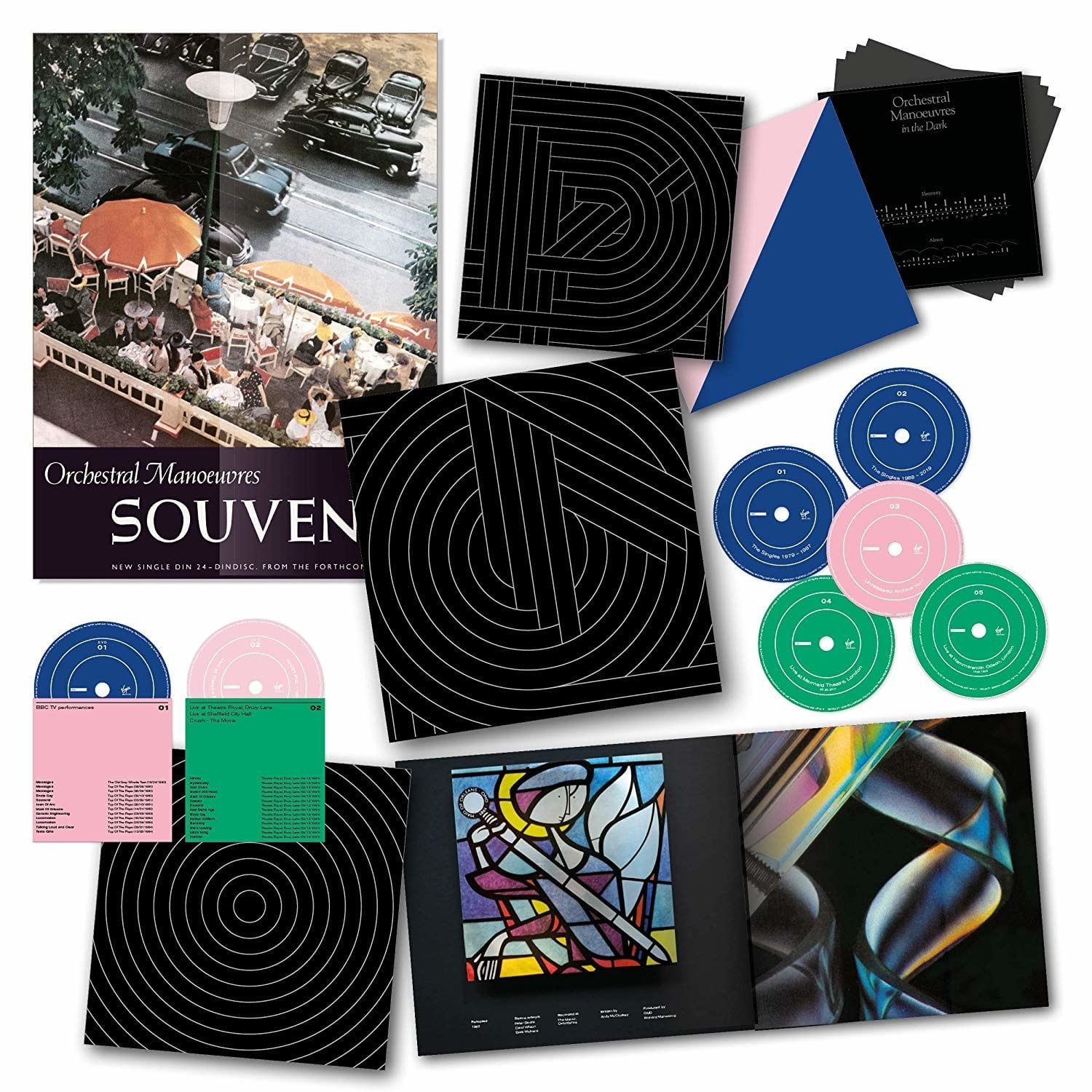
Orchestral Manoeuvres in the Dark should celebrate 40 years of existence because their career can be divided into four distinct stages. There were the visionary, pioneering early 1980s; the slicker, America-baiting later ’80s; the ’90s, during which OMD was a solo vehicle for frontman Andy McCluskey; and the current revival which followed from their 2006 reformation.
Souvenir covers it all with a lavish box set featuring each of the band’s 39 singles, a new single, a disc of previously-unreleased outtakes, two separate concerts, and two DVDs of archival television appearances, promo videos, and yet more concerts. Naturally, a coffee table-type book and other printed paraphernalia are also included. Separately, a two-disc collection of just the singles (also titled Souvenir) is available. Like most groups that have managed to stick around for 40 years, OMD have already been extensively compiled, archived, and reissued. Yet each version of Souvenir has something worthwhile to justify the expenditure.
It would be difficult to find a more consistently enthralling run of singles than those OMD released between 1979 and 1984. McCluskey and primary partner Paul Humphreys wrote impossibly catchy songs about subjects that were strange and inviting for pop music, even for the time. – John Bergstrom
R.E.M. – Monster (25th Anniversary Deluxe Edition) [Craft Recordings]
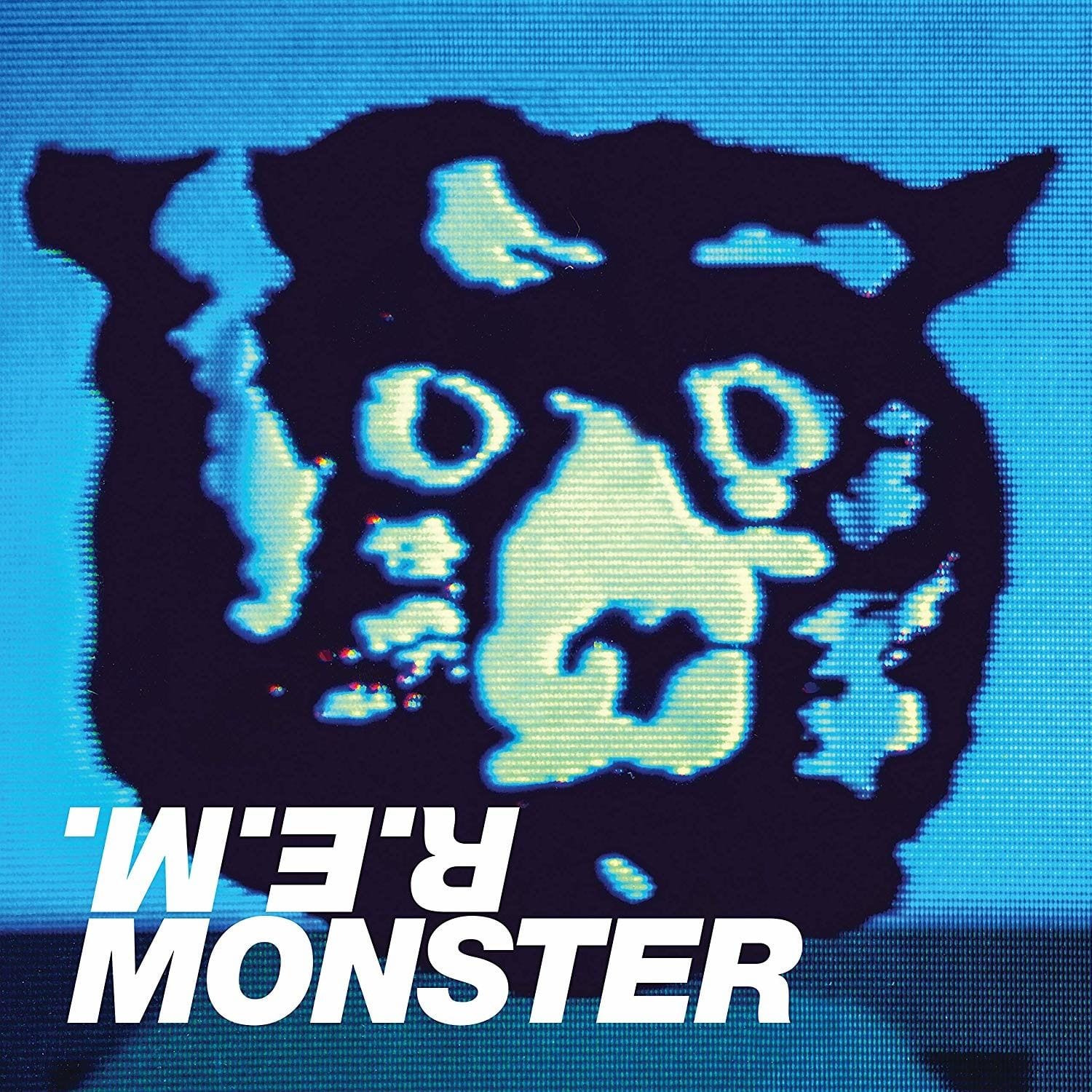
In 1994, the hugely popular R.E.M. released Monster, which was an unexpected left turn from a band already known for confounding expectations. Spurred on by the omnipresent Seattle grunge scene – in addition to the band’s love of glam rock – R.E.M. put away the mandolins and acoustic guitars in favor of loud guitars and effects pedals. The result was a brash rock album overflowing with swagger. The album polarized fans, but it’s aged surprisingly well, which makes it perfect for a deluxe reissue.
The folks at Craft Recordings – known for reissues by everyone from Thelonious Monk to Creedence Clearwater Revival – continued their R.E.M. anniversary series by loading this set with the original mix, a new mix from producer Scott Litt that brings down the guitars and boosts Michael Stipe’s vocals, a curious collection of demo recordings, a complete live set, a collection of music videos and a concert film. A lavish booklet with rare photos and new interviews rounds out the package. It’s a wonderful, comprehensive trip back in time to when R.E.M. decided to let their freak flag fly, even if they never understood the frequency. – Chris Ingalls
Stereolab – Reissues [Duophonic]
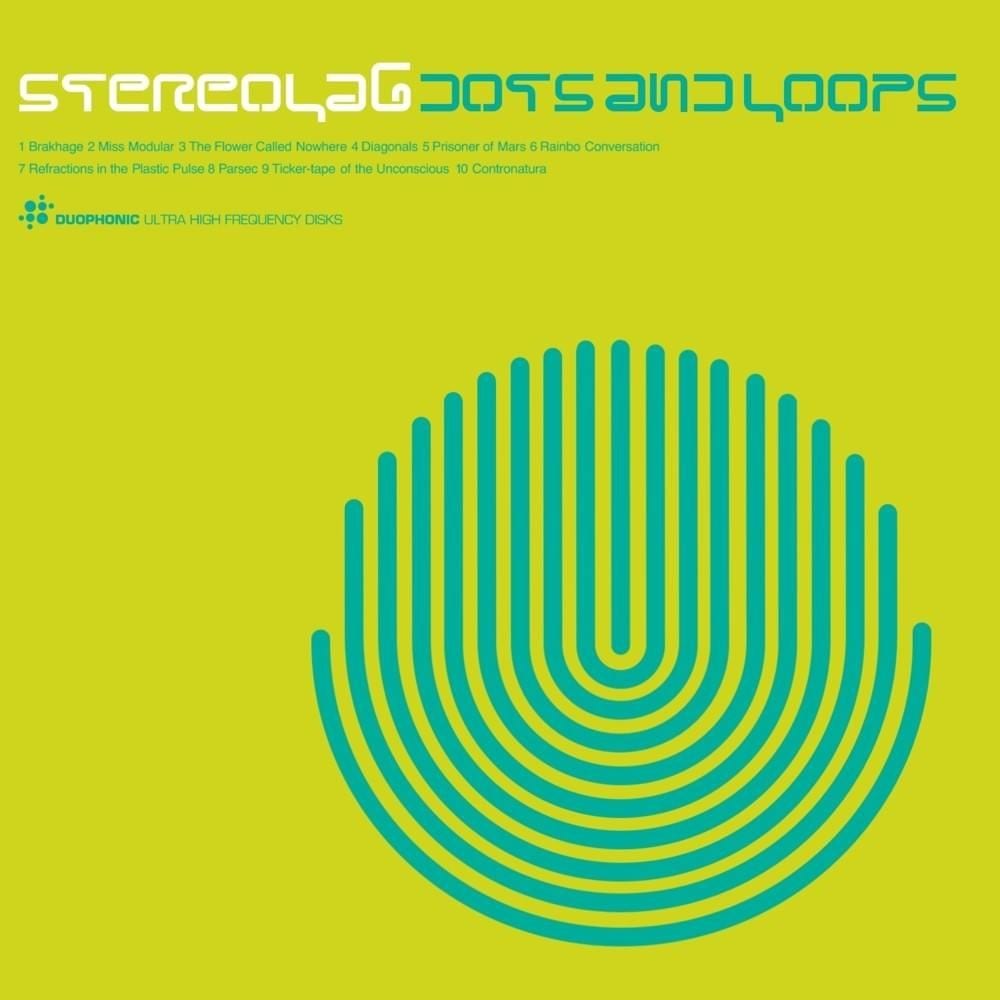
This year was a glorious time to revisit, rediscover, or be introduced to one of the most important musical acts of the 1990s. Experimental legends Stereolab released lavish reissues of 1993’s Transient Random Noise-Bursts With Announcements, 1994’s Mars Audiac Quintet, 1996’s Emperor Tomato Ketchup, 1997’s Dots and Loops, and 1999’s Cobra and Phases Group Play Voltage in the Milky Night. Formed by visionaries Tim Gane and Laetitia Sadier, the band artfully melded krautrock, 1960s kitsch, funk, jazz, electronic, drone, Surrealism, and even Marxism into a sound that remains strikingly original today.
That mid-1990s period, specifically, saw Stereolab hit astonishing heights. The extremely promising Mars Audiac Quintet set the stage for the masterful funk/pop of Emperor Tomato Ketchup and the lighter but equally adventurous Dots and Loops. In retrospect, that period more than 20 years ago was a welcome change from the drudgery of grunge, when eclecticism increasingly ruled the airwaves and captured the collective imaginations of Gen-Xers who watched Alternative Nation, enticing them to embrace musical diversity and crave cool new sounds. – Adrien Begrand
Various Artists – The Social Power of Music [Smithsonian Folkways]

The Social Power of Music is a cultural time capsule. Bridging past eras to the present, the collection interconnects the struggles and celebrations experienced across generations and geographies. Curated by Smithsonian Folkways, The Social Power of Music is a dynamic and rich exploration of music’s ability to connect and disrupt political, social, and cultural impasses. The Social Power of Music centralizes the pressing need for social progression and strong communities. Without question, music has the ability to inspire and agitate while supporting liberation and rebellion. The Social Power of Music deftly captures that capacity. The inclusion of both popular and arcane selections will certainly educate and unify.
The Social Power of Music is impressive in its scope and the quality of its examination into the social and political voices from across time and geography. The collection will inspire, raises consciousness, and empowers. The Social Power of Music empathically imparts political knowledge and informs cultural conditions indelibly situating music as a catalyst for change and community. – Elisabeth Woronzoff
- The 21 Best Album Re-Issues of 2018 - PopMatters
- The 21 Best Album Re-Issues of 2017 - PopMatters
- The 25 Best Album Re-Issues of 2016 - PopMatters
- The 30 Best Album Re-Issues of 2015 - PopMatters
- The Best Album Re-Issues of 2014 - PopMatters
- The 25 Best Album Re-Issues of 2013 - PopMatters
- The 20 Best Album Re-Issues of 2009 - PopMatters
- The Best Re-Issues of 2008 - PopMatters
- The 20 Best Album Re-Issues of 2020 - PopMatters

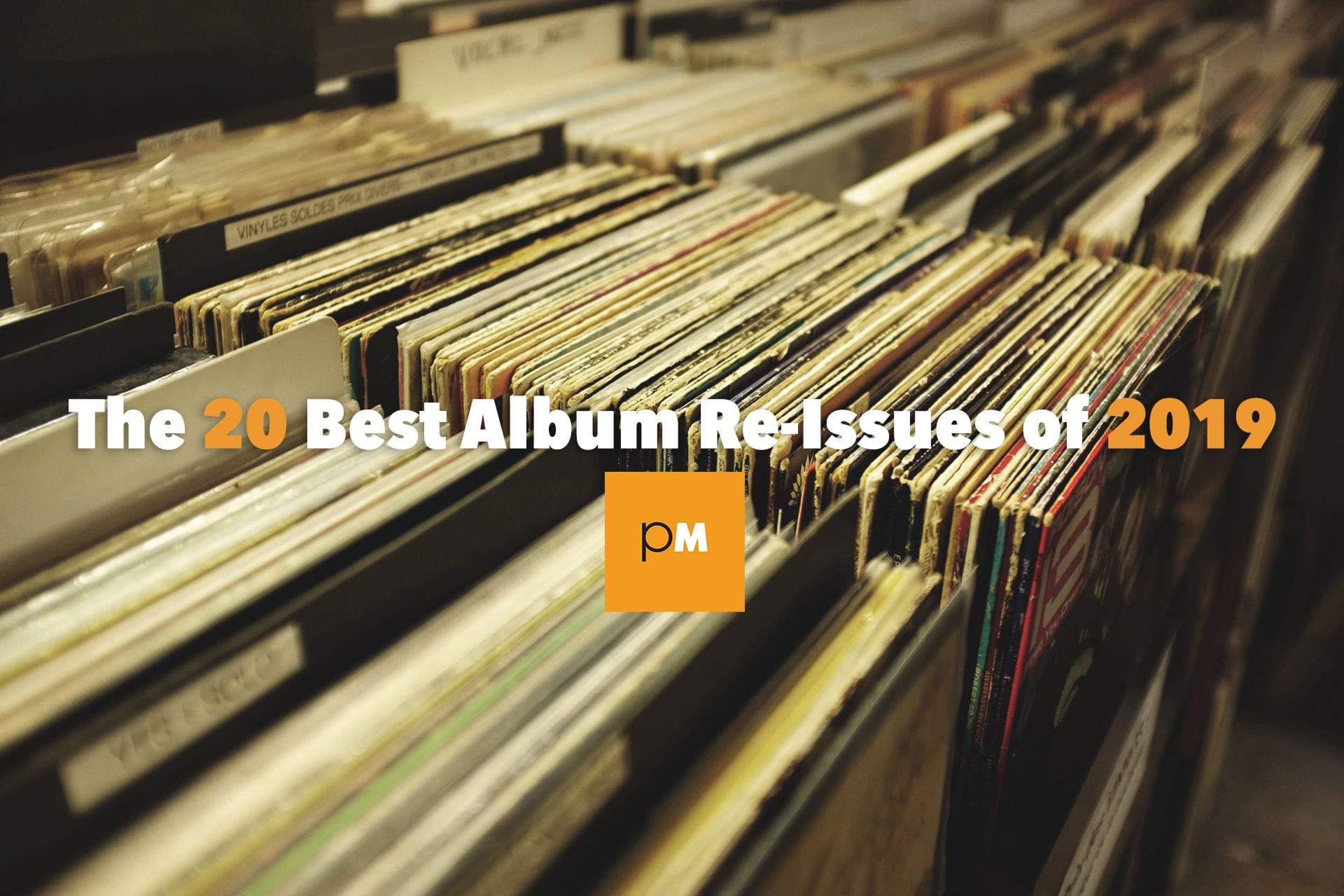
![Call for Papers: All Things Reconsidered [MUSIC] May-August 2024](https://www.popmatters.com/wp-content/uploads/2024/04/all-things-reconsidered-call-music-may-2024-720x380.jpg)



